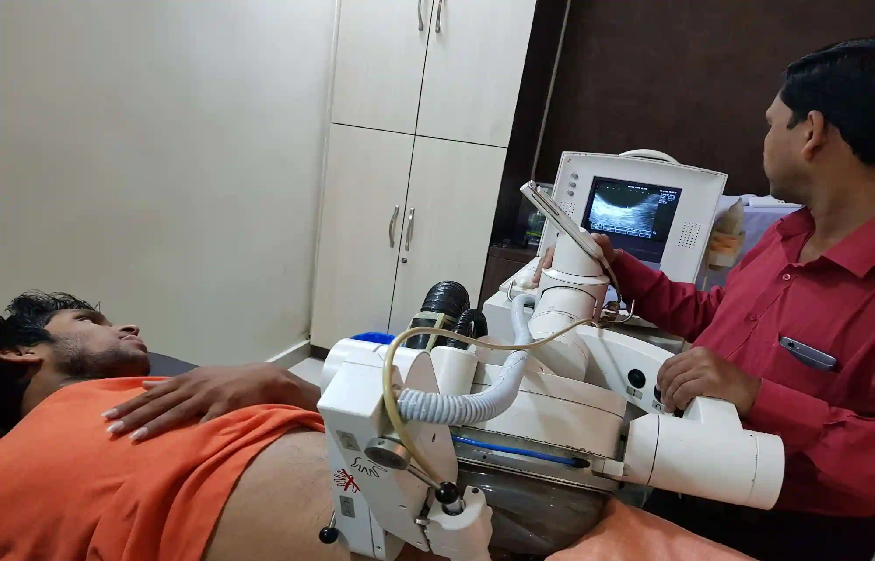Kidney stones can be a real pain. They can disrupt life and wreak havoc on your body. But there is a light at the end of the tunnel. Advances in medical technology are changing the game. Urologists, like David B Samadi, MD, are at the forefront of this revolution. They are improving kidney stone treatment in remarkable ways. This transformation has the power to alter the lives of millions around the world. Let’s delve into how.
The Old Approach to Kidney Stone Treatment
In the past, kidney stone treatment was a daunting process. It often involved surgery or invasive procedures. These methods were painful. They needed a long recovery time. Moreover, they could lead to complications.
The Revolutionary New Methods
Today, urologists are using less invasive techniques. For instance, sound waves can break stones into small pieces. These pieces can then pass out of the body naturally.
Another innovation is the use of lasers. They can pulverize stones into dust. This dust then passes out in the urine. This procedure is quick. It requires minimal recovery time. It also reduces the risk of complications.
Let’s compare the old and new methods:
| Method | Procedure | Recovery Time | Risk of Complications |
| Old Approach (Surgery) | Invasive | Long | High |
| New Approach (Sound Waves, Lasers) | Non-Invasive | Short | Low |
What Does This Mean for Patients?
These developments are excellent news for patients. The new treatments are less painful. They are also less scary. Patients can recover faster. They can return to their normal life swiftly. The risk of complications is also lower.
Conclusion
Revolutionary changes in kidney stone treatment offer hope. Urologists like David B Samadi, MD, are leading this change. They are dedicated to improving patients’ lives. The suffering from kidney stones can soon be a thing of the past. That is indeed a revolution worth celebrating.

